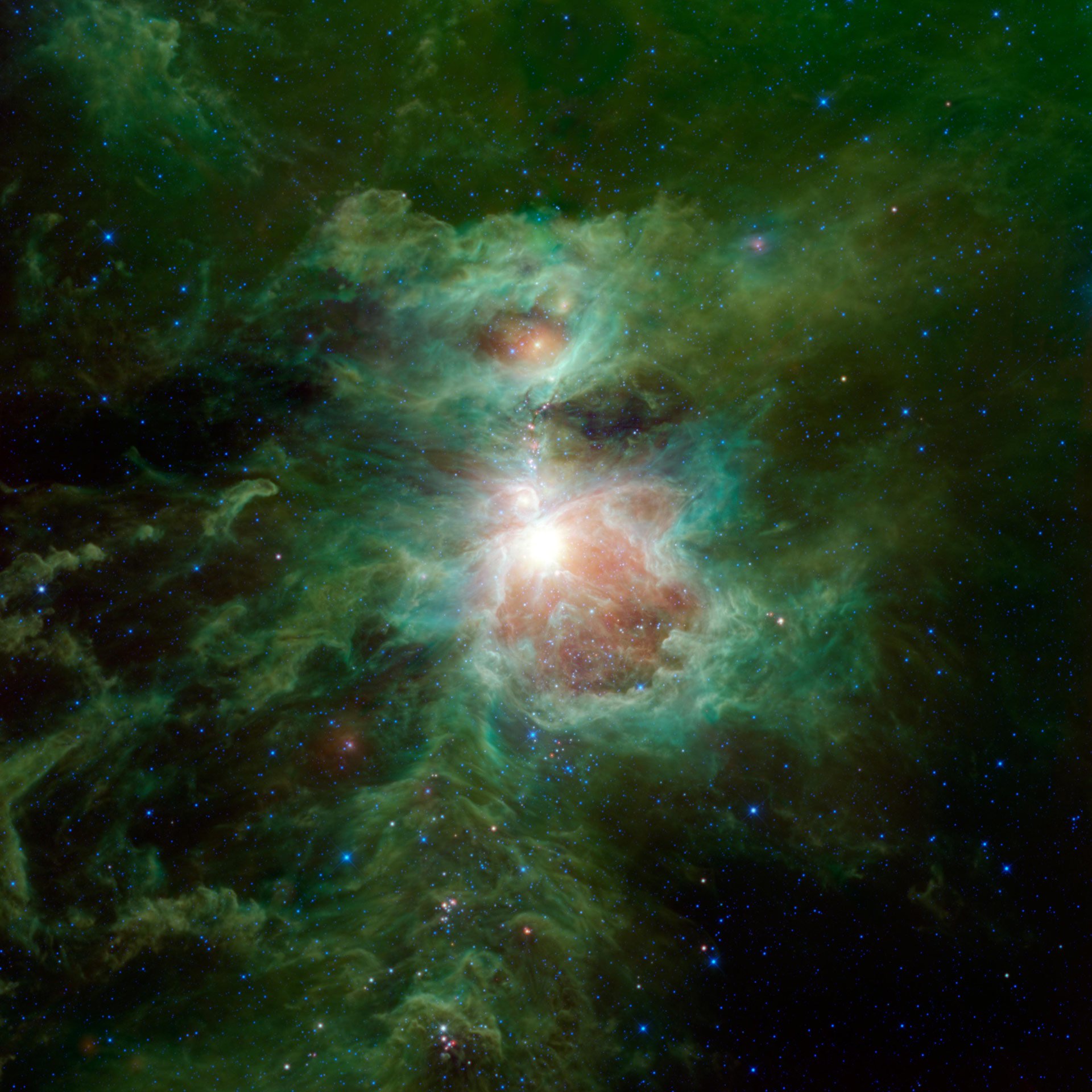


No Fear Act FOIA Privacy Accessibility Office of Inspector General Office of Special.

The Flaming Star Nebula lies about 1,500 light years distant, spans about 5 light years, and is visible with a small telescope toward the constellation of the Charioteer (Auriga).įollow HT Tech for the latest tech news and reviews, also keep up with us National Aeronautics and Space Administration NASA Official: Brian Dunbar. Captured here three weeks ago, the Flaming Star Nebula is visible near the composite image's center, between the red Tadpole Nebula on the left and blue-tailed Comet ZTF on the right.
#ASTRONOMY NEBULA NASA PICTURE OF THE DAY PROFESSIONAL#
When a proton recaptures an electron, light is emitted, as seen in the surrounding emission nebula. Each day a different image or photograph of our fascinating universe is featured, along with a brief explanation written by a professional astronomer. The bright star AE Aurigae occurs near the center of the Flaming Star Nebula and is so hot it glows blue, emitting light so energetic it knocks electrons away from surrounding gas. Fire, typically defined as the rapid molecular acquisition of oxygen, happens only when sufficient oxygen is present and is not important in such high-energy, low-oxygen environments such as stars. When a proton recaptures an electron, light is emitted, as seen in the surrounding emission nebula. Even though AE Aurigae is named the Flaming Star and the surrounding nebula IC 405 is named the Flaming Star Nebula, and even though the nebula appears to some like a swirling flame, there is no fire. It radiates such intense light that it causes the displacement of electrons from atoms present in the surrounding gas. According to NASA, AE Aurigae, a luminous star located at the center of the nebula, has a blue colour due to its high temperature. IC405, otherwise known as the Flaming Star Nebula, lies about 1,500 light-years away toward the constellation of Auriga and spans about 5 light-years across. NASA's Astronomy Picture of the Day is a stellar picture of the Flaming Star Nebula and the Tadpole Nebula crossing paths with the Comet ZTF. No, this nebula isn't on fire, but it has been named the Flaming Star Nebula because the star at the center of the Nebula, called AE Aurigae, seems to harbor smoke. One such Nebula discovered with such amazing technology is the Flaming Star Nebula. The Tarantula Nebula, a target of both James Webb and Hubble Space Telescopes in the past, is located about 160,000 light-years away in the Large Magellanic Cloud, a nearby satellite galaxy of. Although many nebulae are located extremely far away, NASA has been able to observe them using advanced technology such as the Spitzer Space Telescope, the Hubble Space Telescope, and the recently launched James Webb Space Telescope. Stars, which illuminate our Universe, are formed in a giant cloud of dust and gas in space, known as a Nebula.


 0 kommentar(er)
0 kommentar(er)
